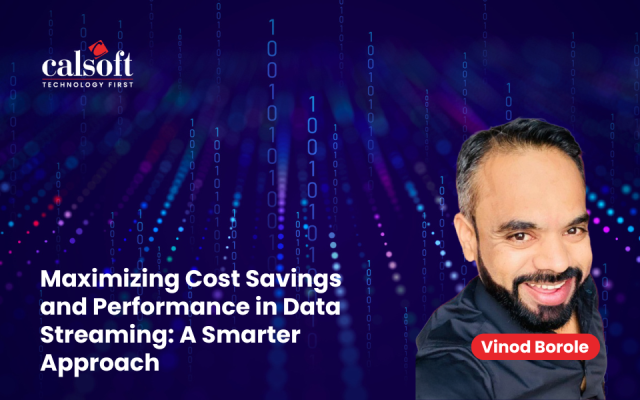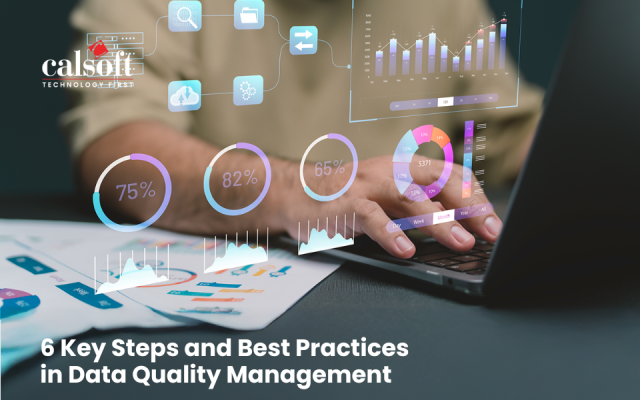Thanks to the proliferation of enterprise analytics initiatives and burgeoning IoT devices, enterprise data storage systems have cemented their place among the fundamental components of IT infrastructure for the modern enterprise.
However, approaches like the cloud are replacing ‘traditional’ enterprise data centers and storage systems. Blame it on the COVID-19 pandemic, global revenues for enterprise storage systems declined 1.4% year-on-year in the third quarter of 2020, even as shipped storage capacity increased 9.6% to 18.9 exabytes.
Does the emergence of public cloud storage pose a threat to traditional ISVs? Or can they leverage cloud capabilities to improve their offerings?
How the Cloud is affecting Traditional Enterprise Datacenters
According to Ed Anderson of Gartner, “Enterprises are demonstrating a continued preference for public cloud services as compared to traditional non-cloud alternatives.” This trend is likely to accelerate even in the post-pandemic world, as more enterprises look to improve operational efficiencies.
As stated by Gartner, business spending on data centers hit $188 billion in 2020, marking a 10% decrease from 2019. At the same time, the spending on cloud-based infrastructure services grew from $44 billion (in 2019) to $63 billion (in 2020) and is expected to touch $81 billion by 2022.
Bindu Sundaresan of AT&T Cybersecurity says “Businesses have become more decentralized and mobile to remain competitive. This has given rise to the distributed cloud model.” Also, toolsets like Artificial Intelligence, IoT, and advanced data analytics are now part of any cloud platform and are driving the “next wave” of solution preference.
While growing cloud adoption is impacting the traditional enterprise data centers, it’s too soon to sound the death knell. For instance, hybrid cloud platforms deploying both private and public cloud resources are becoming increasingly common.
How can a centralized enterprise data center (or ISV) respond to the increasing relevance of the public cloud?
Why must Storage ISVs adopt a Cloud strategy?
Even as cloud providers continue to play a crucial role in delivering better cloud-native applications and services, it is quite evident that the cloud will not replace the traditional data center. The 2021 AFCOM “State of the Data Center” report notes that nearly 75% of organizations are moving from the public cloud towards private (or colocation) data centers.
Companies, who do not want to manage “captive” data centers due to high operational costs and security concerns, are now preferring migrating to “colocation” data centers. This is because customers are no longer simply looking for “additional storage space” but a complete solution that meets all their IT requirements like cloud resources, networks, and data security.
To scale up their operations to match growing customer needs, ISVs and data center players are investing in developing a solution infrastructure where the hybrid cloud can run seamlessly.
Let us look at a few examples of ISVs leveraging cloud capabilities to improve their services.
Storage ISVs using the Cloud – Examples
Here are some examples of both new and traditional ISVs that are now leveraging cloud capabilities for data storage:
1. Dell EMC
One of the leading names in data storage, Dell EMC has a market share of 29% in the data storage industry for the year 2020. The company’s storage products range from its PowerVault and SC series (for primary storage) to its EMC Unity hybrid storage arrays.
Among its featured products, the Dell EMC Unity XT is enabled with a multi-cloud and NVMe design. This platform enables enterprise digital transformation using hybrid cloud solutions built on its data center setup.
2. Cloudian
As an independent storage solutions provider, Cloudian is one ISV that has been recognized by the 2020 Gartner Peer Insights Customer Choice for its object storage architecture and distributed file system. Its flagship product, Cloudian HyperStore provides data centers with the flexibility and scalability needed to manage growing data requirements.
Designed to store and find object files across multiple sites, Cloudian manages both on-premises and public clouds under a single and unified platform.
3. Hewlett Packard Enterprise (HPE)
Through its partnership with the networking company H3C, HPE, once an IT hardware and software provider, has now remodeled itself in the cloud storage space. With a wide range of storage products, HPE is a leading innovator in enabling its products using technologies like AI and machine learning. The company offers both subscription-based cloud storage and physical on-premises infrastructure services.
4. IBM
IBM has always been a brand associated with high-end technology solutions and IT consulting. This company has now ventured into hybrid cloud storage solutions along with enabling a virtual ‘cloud’ infrastructure. Some of their storage-related products include SDS, data protection, storage area networks, and hybrid storage arrays.Powered by AI and Big Data, IBM cloud storage has simplified IT infrastructures and enabled scalable efficiency.
5. NetApp
With a large share of the storage market share, NetApp is a complete data management option for both on-premises and cloud systems. With a portfolio of over 100 storage solutions, NetApp’s hybrid cloud services comprise on-premises, private, and public clouds, which can enable any data-centric business to adapt and respond quickly to changing market needs.
Among its primary offerings, StorageGRID is an object storage platform that enables a hybrid cloud workflow, while their NetApp Cloud Volumes facilitates faster data movement and management in hybrid and private cloud centers.
Conclusion
Public cloud technology is disrupting the traditional data center approach used for data management and storage. While this may be perceived as a challenge for ISVs in the storage space, it also provides an opportunity for them to collaborate and leverage public cloud capabilities to improve their customer offerings.
At Calsoft Inc, we focus on building exceptional products in data storage, networking, and the cloud. With over 1,000 data storage experts and multiple Fortune-500 customers, the Calsoft Storage center of excellence has been delivering innovative storage solutions for over two decades. Do you want to update your data storage offering to leverage the public cloud for enhancing storage efficiency? It’s time to contact our team.







